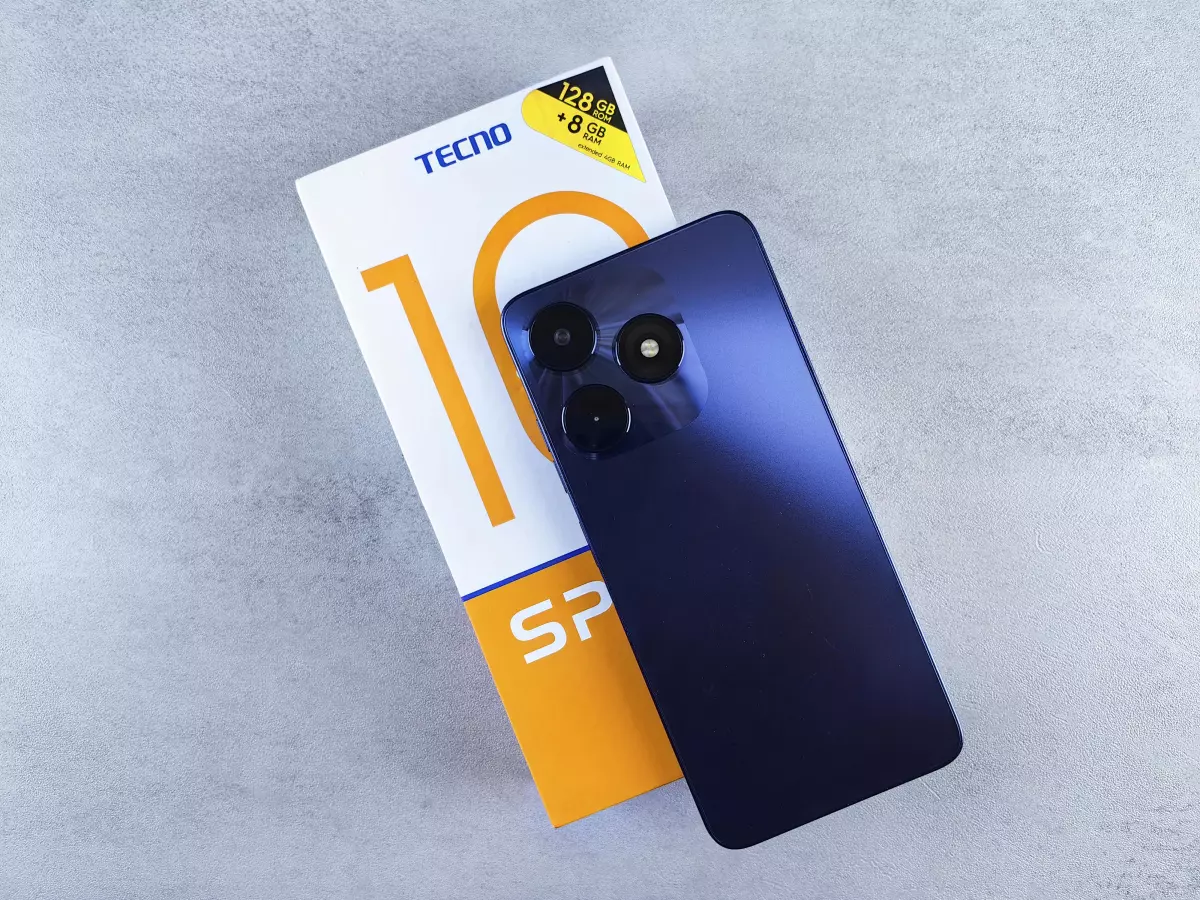Feel the Buzz
“Technology is best when it brings people together.” – Matt Mullenweg, co-founder of WordPress.

By Laura Mendes
Let’s talk about something that’s always in your pocket, yet you probably never think about: your smartphone’s vibration motor. It’s that tiny, hidden component that makes your phone buzz when you get a notification, but it’s doing way more than just shaking things up. In fact, the vibration motor is one of the most underrated pieces of hardware in your device, and it’s quietly shaping your entire user experience.
Here’s a fun fact: the first mobile phone to feature a vibration motor was the Motorola StarTAC, released in 1996. Back then, it was a game-changer for people who didn’t want to miss calls in noisy environments. Fast forward to today, and vibration motors have evolved into sophisticated tools that do more than just alert you to incoming messages. They’re now integral to everything from gaming to accessibility features, and they’ve become a key part of how we interact with our devices.
But how exactly does this little motor work, and why is it so important? Let’s dive into the world of smartphone vibration motors and explore how they’re shaping the way we use our phones.
What’s Inside a Vibration Motor?
At its core, a smartphone vibration motor is a small electric motor with an off-center weight attached to it. When the motor spins, the uneven weight causes the phone to vibrate. Simple, right? Well, not quite. There are actually several types of vibration motors, each with its own strengths and weaknesses.
The most common types are the ERM (Eccentric Rotating Mass) motor and the LRA (Linear Resonant Actuator). ERM motors are the older, more traditional option. They’re cheap and easy to manufacture, but they’re not very precise. LRA motors, on the other hand, offer much more control and can produce more nuanced vibrations, which is why they’re becoming the go-to choice for modern smartphones.
But why does this matter? Well, the type of motor in your phone can have a big impact on how it feels to use. A cheap ERM motor might make your phone feel clunky or unresponsive, while a high-quality LRA motor can provide smooth, subtle feedback that enhances your overall experience.
Haptics: The Art of Touch
In the tech world, the term “haptics” refers to the use of vibration and other touch-based feedback to enhance the user experience. And when it comes to smartphones, haptics is a big deal. Think about it: every time you type on a virtual keyboard, scroll through a menu, or play a mobile game, you’re interacting with your phone’s haptic feedback system.
Good haptics can make your phone feel more responsive and intuitive, while bad haptics can make it feel sluggish or disconnected. That’s why companies like Apple and Google have invested heavily in developing advanced haptic systems for their devices. Apple’s Taptic Engine, for example, is widely regarded as one of the best haptic systems on the market, offering precise, customizable feedback that makes every tap and swipe feel satisfying.
But it’s not just about making your phone feel good to use. Haptics also plays a crucial role in accessibility. For people with visual impairments, for example, haptic feedback can provide an alternative way to interact with their device, making it easier to navigate menus, type messages, and more.
Gaming and Beyond
If you’re a mobile gamer, you’ve probably noticed that vibration motors are used to enhance the gaming experience. Whether it’s the rumble of an explosion or the subtle feedback of a button press, haptics can make games feel more immersive and engaging.
But the impact of vibration motors goes beyond gaming. In fact, they’re becoming increasingly important in areas like virtual reality (VR) and augmented reality (AR). As these technologies continue to evolve, haptic feedback will play a key role in making virtual experiences feel more real and immersive. Imagine feeling the texture of a virtual object or the impact of a virtual punch—vibration motors are the key to making that happen.
The Future of Vibration Motors
So, what’s next for smartphone vibration motors? As with most tech, the future is all about getting smaller, faster, and more efficient. Researchers are already working on new types of motors that use less power while providing even more precise feedback. There’s also a growing interest in using piezoelectric materials, which can generate vibrations without the need for a traditional motor. This could lead to thinner, lighter phones with even better haptic systems.
But perhaps the most exciting development is the potential for customizable haptics. Imagine being able to fine-tune the vibration feedback on your phone to suit your personal preferences. Whether you want strong, punchy vibrations or soft, subtle ones, the future of haptics could put that control in your hands.
So, the next time your phone buzzes in your pocket, take a moment to appreciate the tiny motor that’s making it happen. It may not be the flashiest part of your device, but it’s definitely one of the most important.





